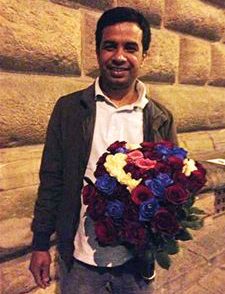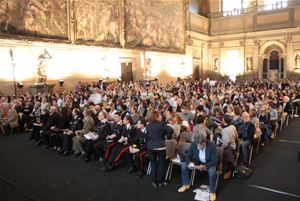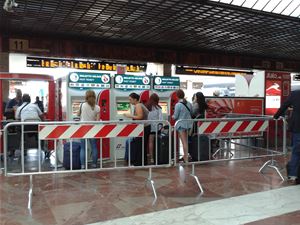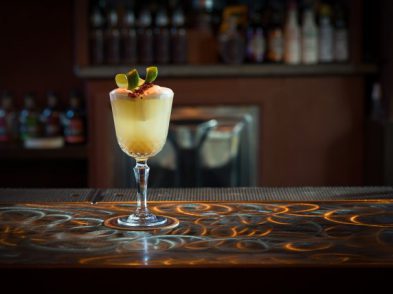Of course you have your list of sights to see during your time in Florence, and you may even be wondering, ‘How will I see it all?’ Indeed, taking in the treasures of Renaissance art, from the David in the Accademia to Botticelli’s Birth of Venus in the Uffizi, may seem like a full-time job. But between the cappuccinos and Caravaggios, make time to explore the city’s unusual museums, for Florence holds some unique surprises.
Piazza dei Giudici 1 (Mon–Sun 9:30am–6pm; Tues 9:30am–1pm)
Home to rare original telescopes that belonged to Galileo himself, this science museum celebrates the famous Renaissance man’s legacy in Florence. The updated display of more than 1,000 historical scientific instruments is accompanied by a video guide that you can rent at the entrance. Special exhibitions and frequent interactive opportunities make this a science geek’s paradise.

2. Ferragamo Museum
Piazza Santa Trinita, 5
Daily 10.30 am–7.30 pm; 6 euro
Florence is world-famous not only for its Renaissance artworks but also for its great fashion houses. Among these, one of the greatest success stories is that of Salvatore Ferragamo. Born into poverty in southern Italy, this shoe designer came to be known as ‘shoemaker to the stars,’ dressing such famous feet as those of Audrey Hepburn, Judy Garland and Greta Garbo. Thirty-five years after his death in 1960, the Ferragamo family turned the palazzo in piazza Santa Trinita into a museum honoring his life and inventive footwear designs. For anyone who is interested in fashion or just loves a good real-life fairy tale, a visit to the Ferragamo museum is a must. See more at theflr.net/ferragamomuseum.

3. Museum of Masonic Symbols
Via dell’Orto, 7
Mon–Fri, 3–7 pm; Sat and Sun, 10 am–1 pm, 3–7 pm; 5 euro
Intrigued by a bit of mystery? Head to the Museum of Masonic Symbols, located just off piazza del Carmine, where Cristiano Franceschini, the owner and a descendent of a once active freemason, will give you a tour of his house-turned-museum. A treasure trove of freemason memorabilia, the collection has everything from attire and banners to symbolic objects used during rituals, including ‘magic lanterns.’ True to his roots, Franceschini opened his collection to the public on March 1, 2012, the first day of the Masonic year. See more at theflr.net/masonicmuseum.

4. Casa Rodolfo Siviero
Lungarno Serristori, 1–3
Sat 10 am–6 pm; Sun and Mon 10 am–1pm; free entry Daily 10.30 am–7.30 pm; 6 euro
The Casa Rodolfo Siviero honors one of Italy’s greatest heroes, the man who single-handedly recovered countless artworks stolen by Nazis during World War II. Originally trained as a spy, he worked undercover in Germany posing as an art history student and eventually came to be known as the ‘007 of art.’ He spent the last 33 years of his life recovering works such as Beato Angelico’s Annunciation. Upon his death, Siviero’s house and belongings were donated to the city of Florence, which was subsequently turned into a museum where visitors can learn about the James Bond of the art world’s life and legacy.








